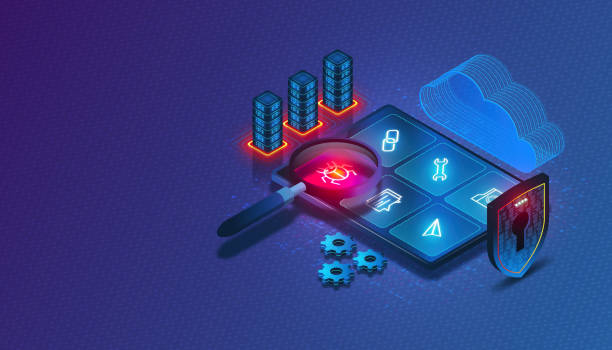Network Source of Truth

A network source of truth, a system that helps you precisely KNOW which devices make up your network, is essential for securing and managing any network at scale.
New BackBox customers often implement our platform only to discover that they lack an accurate inventory of their network devices. That seems unbelievable. How can you secure your network devices if you aren’t even aware of their existence? Unbelievable, perhaps. Surprising, not at all.
The good news is that BackBox can serve as a network source of truth. What are the critical components that make it so?
Key Capabilities Required by a Network Source of Truth
Discovery. The first step is device discovery, which is important because you need to know what devices are on the network. With BackBox, you can discover devices by entering a range of IP addresses for the search, and the discovery process can run regularly to identify any newly added devices. However, simply discovering devices is not enough.
Device Modeling. Modeling devices is a critical aspect that many people overlook. It’s not just about knowing which devices are on your network; it’s also about understanding the specific details and configurations of those devices. Along with discovery, modeling allows network administrators to identify which devices are present on the network and gain substantial insights about them. However, if that information remains within BackBox, it represents only a partial success.
API for Connecting to External Systems. Once you have an accurate inventory, other systems within the organization can enhance automation. A clear example is automating ticket creation and enrichment in an ITSM like ServiceNow. This is especially important for service providers managing multiple customers, as automatically generating tickets and integrating device data into those tickets can save significant time, both in ticket creation and in pursuing a resolution.
An Example – Vulnerability Intelligence
BackBox’s vulnerability intelligence capabilities help network and security administrators tackle the vulnerabilities that present the greatest risk to their network. We employ inventory and device modeling to align with a database of network vulnerabilities and risk intelligence. This allows us to suggest actions that admins should take based on their network device composition.
A dynamic and precise inventory enhances the capabilities of a platform like BackBox. Implementing this type of inventory in your organization will boost network teams’ collaboration with the rest of the IT stack and processes.
Learn More
BackBox helps network and security teams save time, minimize errors, and proactively manage their network’s source of truth. Discover its benefits today. Schedule a 30-minute demo for an interactive tour of the BackBox platform.


